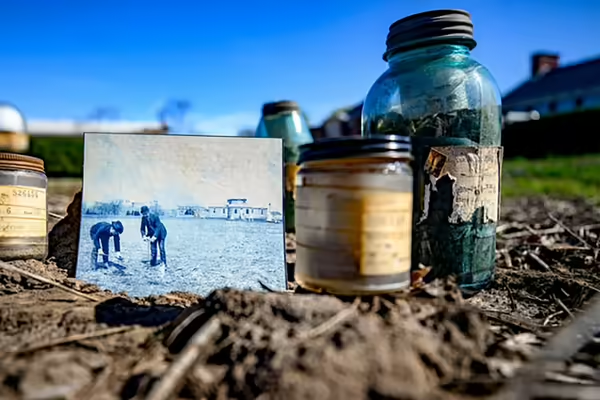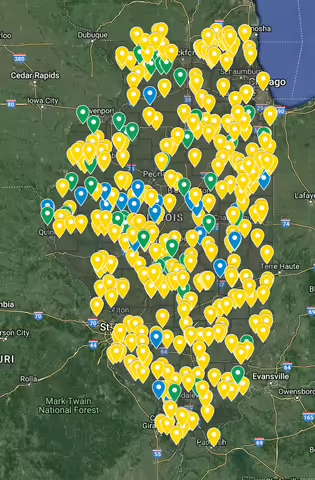
Illinois landowners could be eligible for $5,000 in free soil analyses and consultation with a University of Illinois Urbana-Champaign research team in exchange for participating in a historic project seeking to learn how soils have changed over 120 years.
The project started when soil scientist Andrew Margenot stumbled upon a trove of ancient soil samples — some dating back to the late 1800s — in a university barn slated for demolition. Likely the oldest and largest soil archive in the world, the 8,000-sample collection was ripe for analysis.
After finalizing the digitization of the soil archive a year ago, Margenot, with funding support from the Illinois Nutrient Research and Education Council (NREC) and Illinois Farm Bureau, implored current landowners to let his team re-sample the 453 original locations. So far, the U. of I. team has only been able to access 8% of the sites.
“It's one thing to figure out who owns the piece of land; that’s public information. What we need is a way to get in touch with folks and, of course, their permission to re-sample,” said Margenot, an associate professor in the Department of Crop Sciences and Illinois Extension, both part of the College of Agricultural, Consumer and Environmental Sciences (ACES) at U. of I.
Comparing the historic soils with new samples will provide unparalleled insights into the state’s soil resource base, including the effects of climate change, erosion, and sustainable practices. Margenot says the data could benefit farmers, engineers, and municipal planners.
Read the full release from the College of ACES.
Illinois Extension leads public outreach for University of Illinois by translating research into action plans that allow Illinois families, businesses, and community leaders to solve problems, make informed decisions, and adapt to changes and opportunities. Illinois Extension is part of the University of Illinois Urbana-Champaign College of Agricultural, Consumer and Environmental Sciences.
